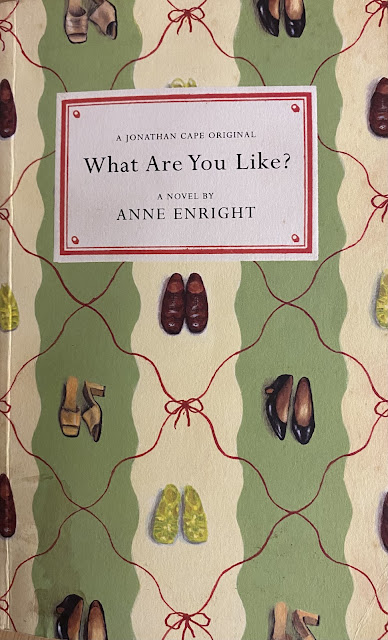An Age of Innocence (Irish Culture 1930-1960)
By Brian Fallon
(Gill & Macmillian)
Brian Fallon, the semi-retired former chief critic of The Irish Times, has produced a book of cultural counter-revisionism, the central thesis of which is that the thirties, forties and fifties in Ireland were not nearly as bad as is universally accepted today, and that the country was not the cultural backwater or desert that everyone now seems to suppose.
Aside from cataloguing the literary, artistic and intellectual activity of these years, he also argues that the pendulum has swung too far in the other direction. He sets about putting us right by focusing on three main areas. Firstly, there was the power and authority of the Catholic Church during these years, and the unquestioning obedience of the majority to it. He makes the point that, ‘Unthinking clericalism has simply given way to unthinking anti-clericalism; the coin has been flipped to come down heads instead of tails - but it remains the same well-worn coin.’ Secondly, referring to the monomaniacal nationalism of the era, and contrasting it with the cosmopolitan image of itself Ireland is obsessed with creating today, he asks, ‘Yet is not a large part of this frenzied internationalism at heart inverted provincialism, the product of an unsure, partly-fledged culture lacking the courage to be wholeheartedly itself? Where once we looked to and deferred to Britain in so many fields, we now look to the EU to tell us what we should be thinking and doing.’ Thirdly, there was the notorious literary censorship of the period, but he finds its present day corollary in the all-pervasive phenomenon of Political Correctness, opining that, ‘Political Correctness indeed appears to be the official cant of out time - the contemporary equivalent of Victorian hypocrisy, or of the socio-religious conformity of a large section of the Irish public forty or fifty years ago.’ He also maintains that things were just as bad internationally as they were here. Indeed, this is this trump card again and again, and he refers to the hostile treatment meted out to D H Lawrence in England, and the Hayes rules which operated in Hollywood and the general atmosphere under McCarthyism in America. Joyce’s Ulysses was never actually banned in Ireland, as many people believe (it was just not readily available), while it was proscribed in England and America for some years.
While he admits that, ‘It goes without saying that all these accusations have a solid core of truth; the historical evidence is sometimes overwhelming, and it has been spelt out ad nauseam’, and there is no doubting his bona fides, since as he writes in the introductory chapter ‘In Perspective’, ‘How much more intelligent, and more constructive, it is to come to terms creatively with the past than to manipulate it like a diseased limb, or put it under interdict!’ However it does seem to this reader that in trying to redress an admittedly skewed balance, and provide a much needed corrective, he himself goes too far in the opposite direction.
First published in The World of Hibernia






